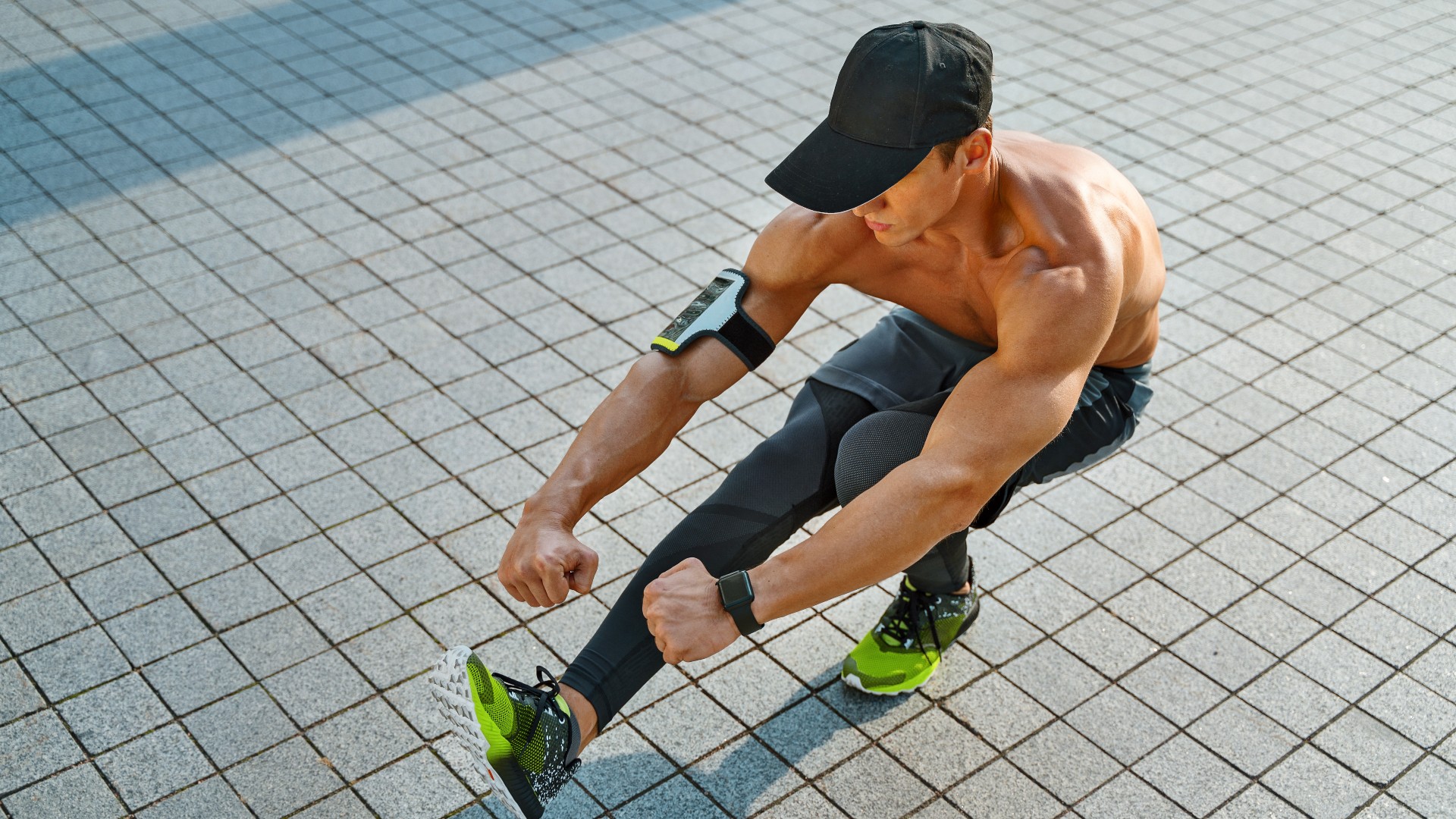
Pistol squats are amongst the most feared leg day exercises because you’ll have to balance on one leg to do them. But the lower-body squat variation is well worth trying, and we cover why below.
To do pistol squats, you’ll need to stand on one leg and perform a single-leg squat — without falling over or lifting your heel off the ground. Sounds simple, right? Wrong. It’s an exercise that personal trainers everywhere dread demonstrating during workouts, but the move packs benefits, especially for the runners out there.
Below, we cover how to do pistol squats with proper form and the most common mistakes we see when attempting them. Read on to find the benefits of pistol squats and why the leg exercise is effective at building strength, power and balance.
Pistol squats: Benefits
The single-leg squat is a technical compound exercise that works the body unilaterally, meaning one side at a time. Your stronger side can’t pick up the slack for you, helping your body to level out any muscular imbalances and build strength and mobility across weaker areas. Ironing out differences between dominant and less dominant sides also helps reduce injury risk and improve movement quality.
Like all great leg exercises, pistol squats help develop strength and explosive power because your body relies on one leg to control and execute the move. Not only are you working your glutes, quads, hip flexors, hamstrings and calf muscles, but you’ll also improve hip flexor and ankle mobility and build strength and stability in your lower back and core muscles.
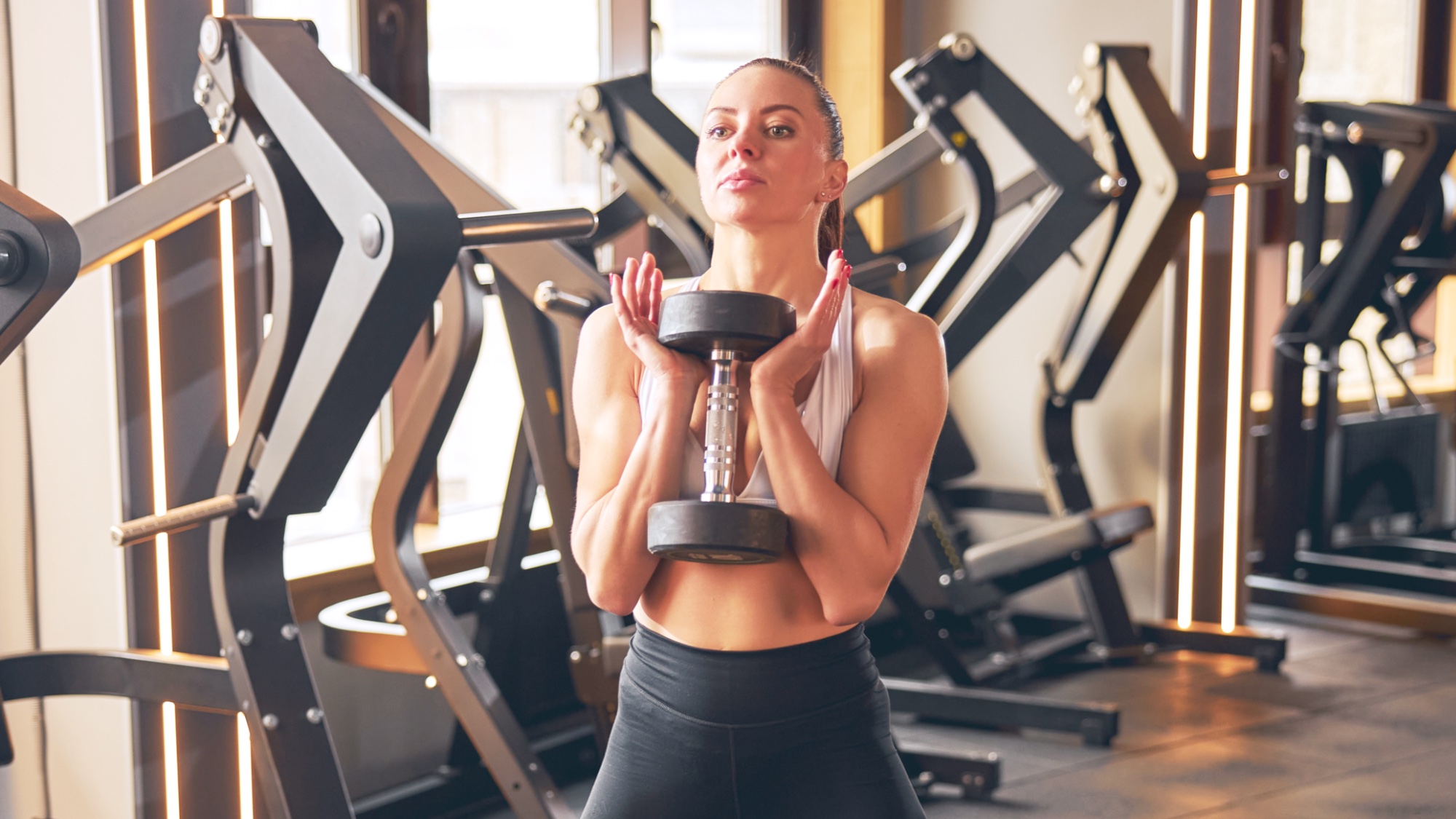
For obvious reasons, the pistol squat improves stability, balance and control, and finding depth in the single-leg squat position helps develop flexibility. And because runners drive off one leg at a time, it could help them too. Basically, this exercise is the perfect all-rounder.
Whether or not your goal is to build strength and muscle in your legs, this move should be a staple if you want to develop your squat depth — how far you can lower without butt winking during squats (rounding through your lower back). It can help build a range of motion in your lower-body joints like your hips, knees and ankles, which translates to better lunge form, running technique and more.
Get instant access to breaking news, the hottest reviews, great deals and helpful tips.
So, just a few benefits to enjoy then.
Can the average person do a pistol squat?
The move requires some squat know-how and an existing degree of strength and flexibility. The pistol squat technique also takes time to develop. We cover three variations below and common mistakes we see so that you can improve your pistol squat form or learn how to do them from the ground up.
How to do pistol squats
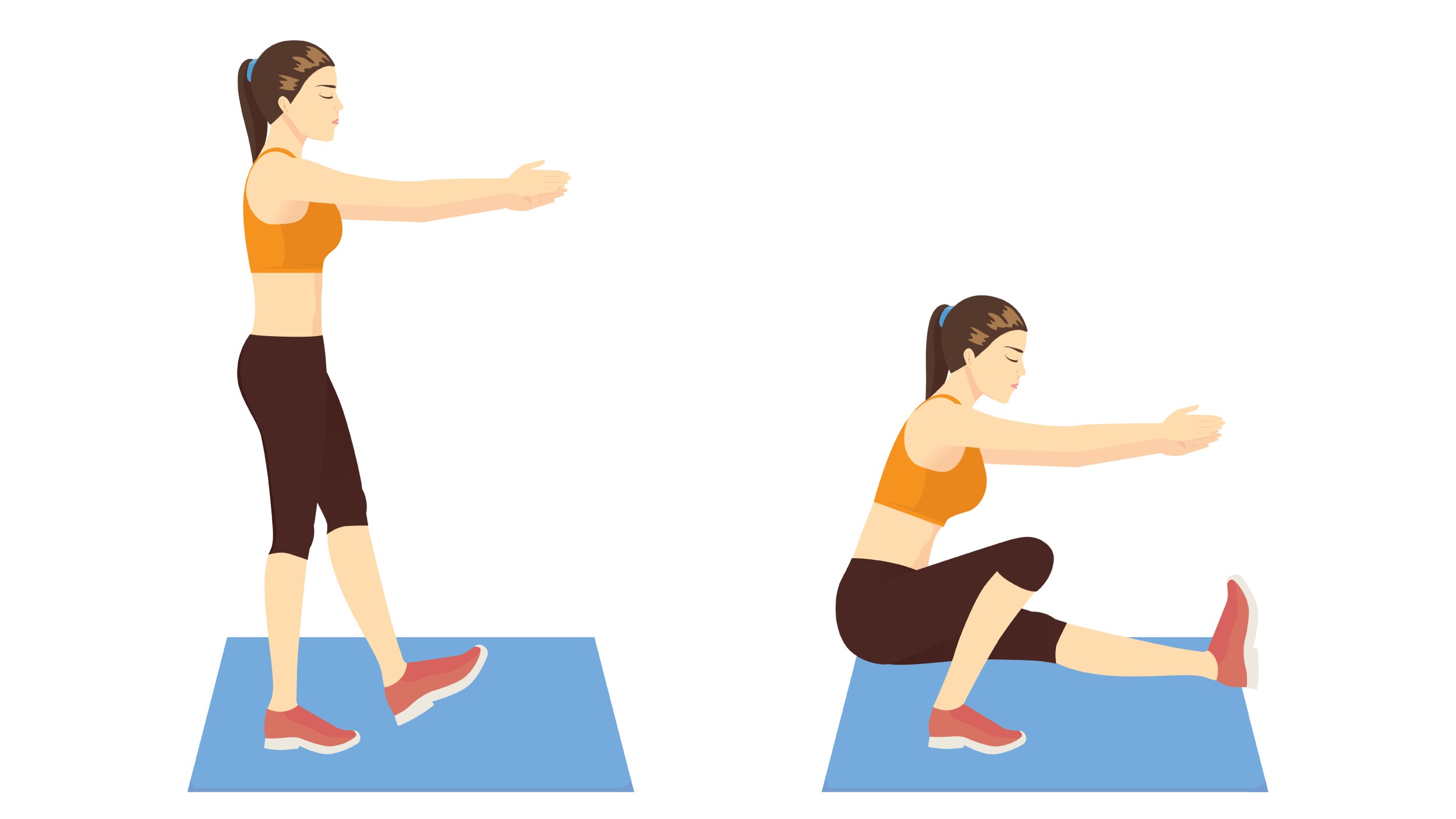
Here’s a step-by-step guide:
- Stand with your feet hip-width apart and toes forward facing
- Engage your core and stand tall through your spine
- Lift your left leg off the floor and extend it in front of you, foot flexed
- Extend both arms in front of you at shoulder height
- Bend your right knee and sit down into a squat position, lowering to the ground with control
- Lower as far as possible with your right heel planted down and keep your chest lifted and back straight. Keep your left leg and both arms extended in front
- Push through your right foot to stand up. Switch sides.
Pistol squats: 3 common mistakes
You can try the move anywhere with or without weights, using the best adjustable dumbbells or resistance bands. But here’s what not to do when trying the pistol squat.
Not warming up
The move is no walk in the park, so prepare your muscles and joints before attempting pistol squats. We recommend these mobility exercises for hip flexor pain and tight ankles. Fail to prepare, prepare to fail, and so on. My personal favorite is the frog pose for hip flexor pain, which is also helpful for improving squat depth.
Lifting the heels
Keep your standing heel grounded as you lower, which should help prevent shifting your body weight over your toes and falling over. Avoid lifting onto the ball of your foot just to get lower, as you’ll never perfect the move by doing so, and you risk putting pressure on your knees. Imagine sitting back in a chair as you lower down.
Poor posture
Another common mistake involves rounding the spine and hunching forward. Keep your spine tall and neutral, lifting your chest. A slight lean forward is safe, but excessive leaning will put more pressure on your spine and knees and prevent you from exhaling properly as you stand up.
The same applies to your knees — push your knee in line with your toes to avoid caving inwards and compromising posture.
Pistol squats: 3 variations and modifications to try
If you need help modifying pistol squats, here are variations to try.
1. Bodyweight squats
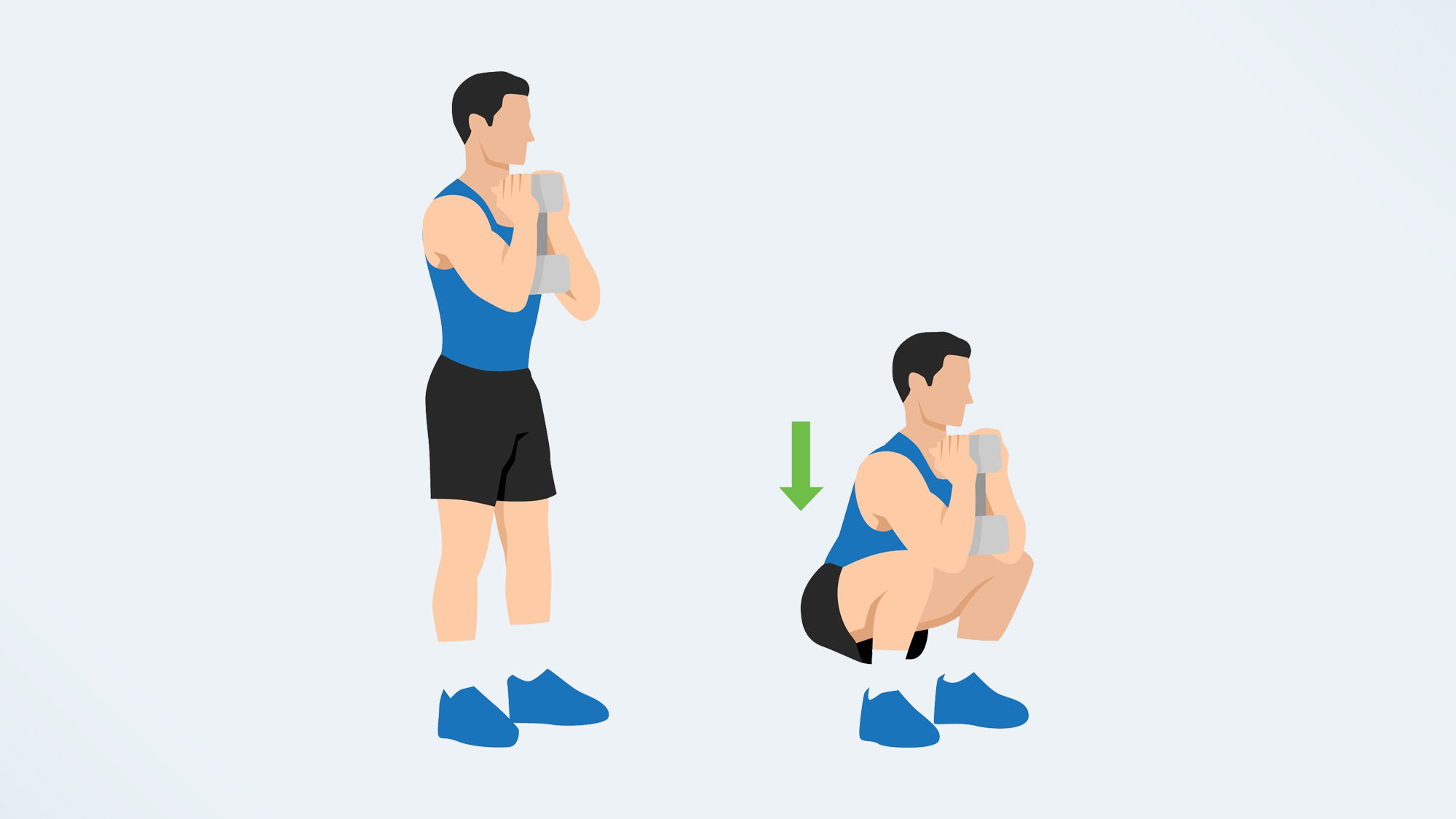
Bodyweight squats will help you build the basic strength and mobility necessary for pistol squats and activate the relevant muscle groups. We provide everything you need to know about squats here. Once you feel confident, add weight using barbells, dumbbells or resistance bands.
2. Assisted pistol squats
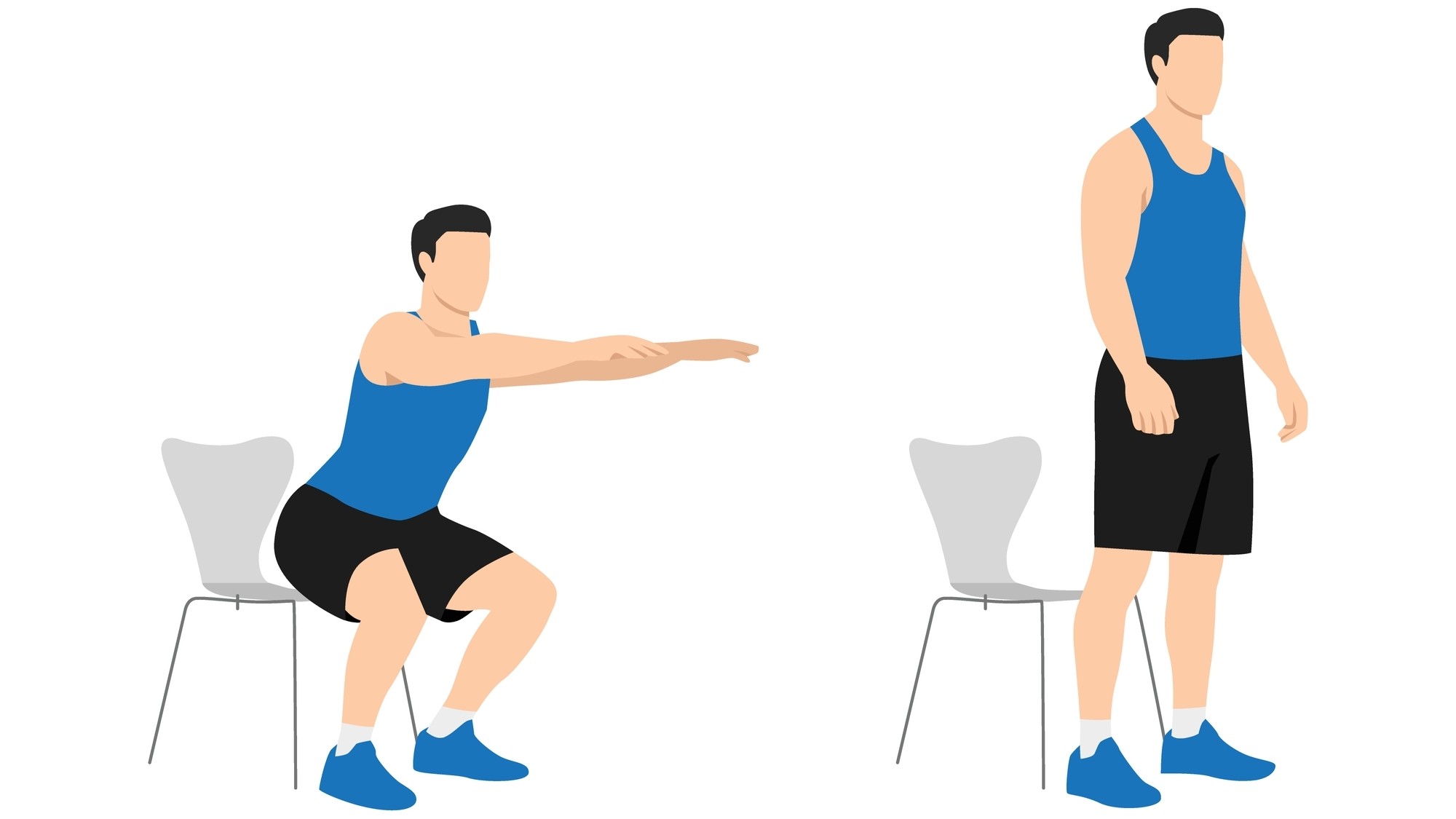
These are the best pistol squats for beginners. Place a chair behind you and practice lowering into it (see above). Then, using the how-to guide above, practice doing this while balancing on one leg and extending the other in front of you.
You can practice with different heights to work on your range of motion or place your front heel down in front of you for extra support as you sit down.
3. Weighted Bulgarian split squats
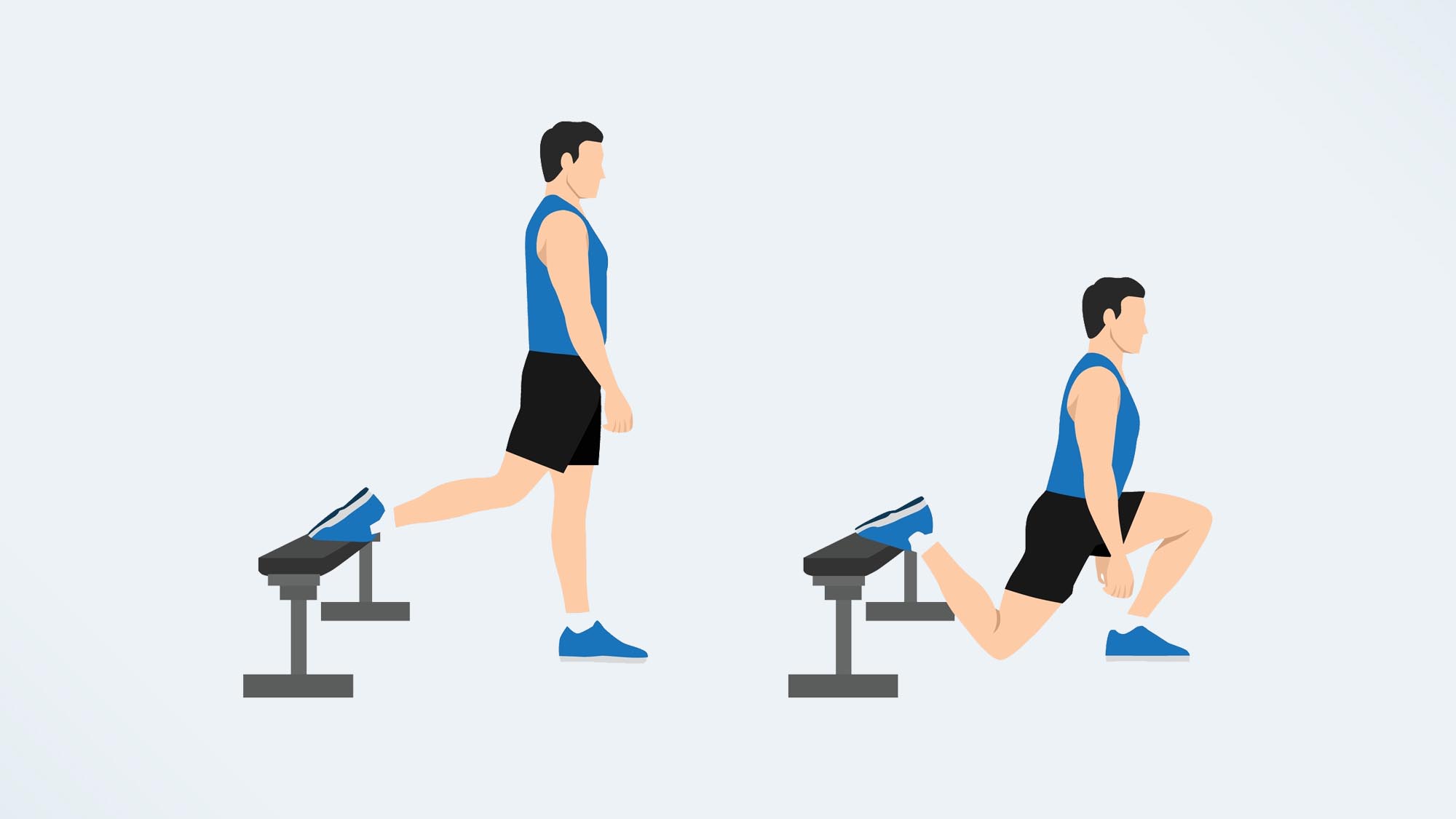
The Bulgarian split squat requires you to rest one leg behind you on a box or bench while performing a lunge. The move tests balance, stability, flexibility and coordination and works the same muscle groups as pistol squats. By slightly leaning forward, you can increase glute activation during the exercise, and holding a weight to your chest will make the exercise harder.
Split squats also stretch and strengthen your hip flexors and test ankle mobility at the bottom of the lunge.
How to program pistol squats during workouts
It depends on your goals — we discuss hypertrophy vs. strength training if you need guidelines for building muscle and strength. However, a good rule of thumb is to start with 2-4 sets of 3-6 reps per side and build from here.
I enjoy programming new exercises as an EMOM — every minute on the minute. Using this format, practice a set number of reps per side and rest for the remainder of the minute, starting a new round on the next minute. Aim to complete several rounds — just five equates to five minutes of pistol squat practice!
And remember, practice makes perfect. Some people never achieve pistol squats, but you can improve your chances by trying them regularly and working on mobility exercises as part of your exercise routine.
More from Tom's Guide
- Farmer's walk: How to do it, and the benefits of walking with weights
- Forget planks, this 6-minute bodyweight workout targets your lower abs
- These are the 10 best hamstring exercises for building stronger legs without squats.

Sam Hopes is a level 3 qualified trainer, a level 2 Reiki practitioner and fitness editor at Tom's Guide. She is also currently undertaking her Yoga For Athletes training course.
Sam has written for various fitness brands and websites over the years and has experience across brands at Future, such as Live Science, Fit&Well, Coach, and T3.
Having coached at fitness studios like F45 and Virgin Active and personal trained, Sam now primarily teaches outdoor bootcamps, bodyweight, calisthenics and kettlebells.
She also coaches mobility and flexibility classes several times a week and believes that true strength comes from a holistic approach to training your body.
Sam has completed two mixed doubles Hyrox competitions in London and the Netherlands and finished her first doubles attempt in 1:11.
